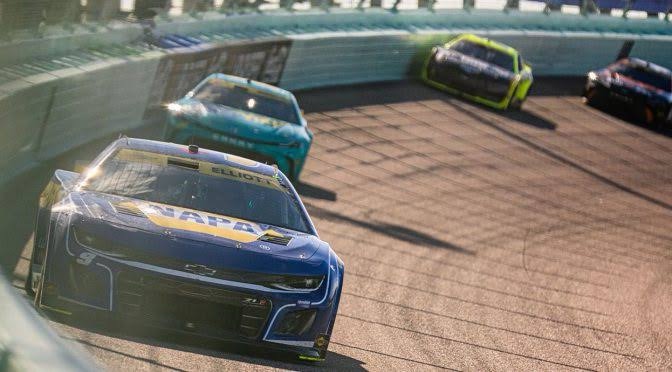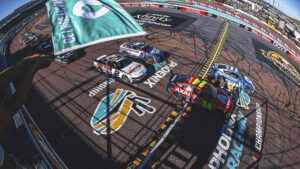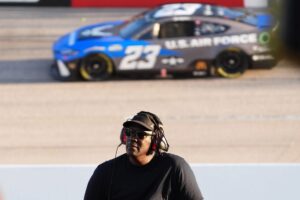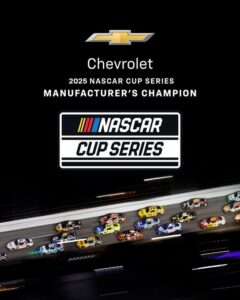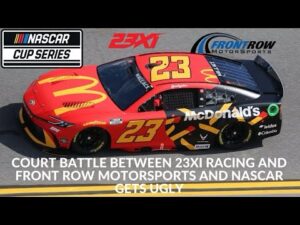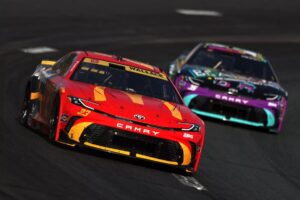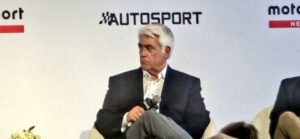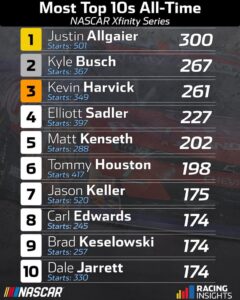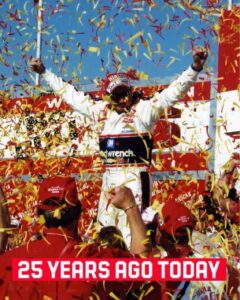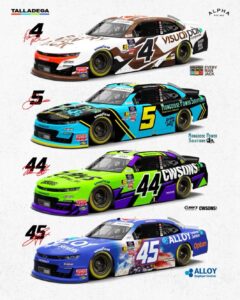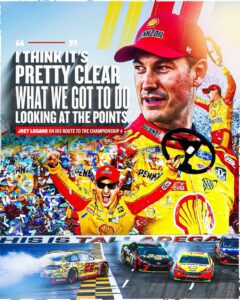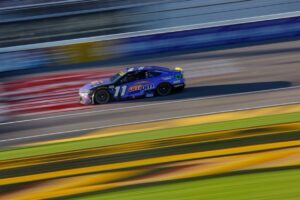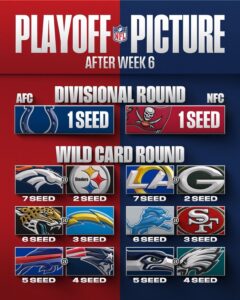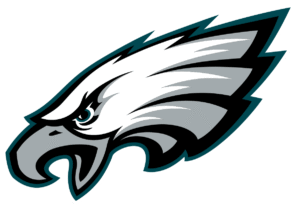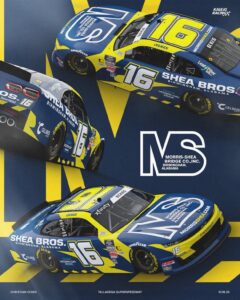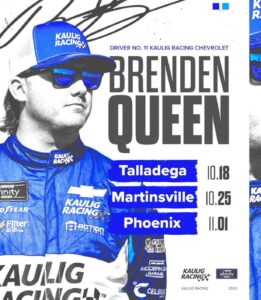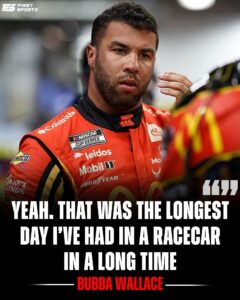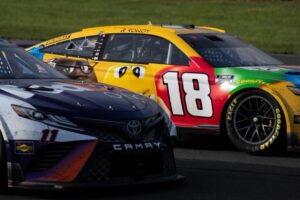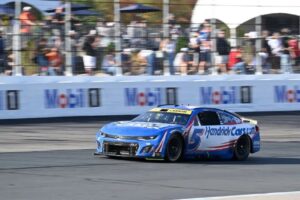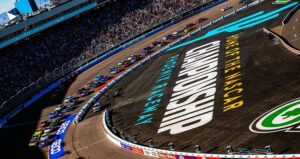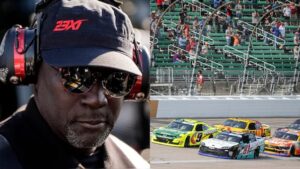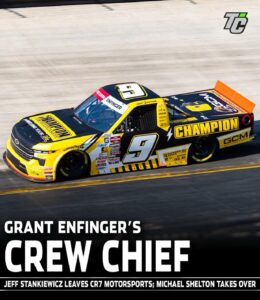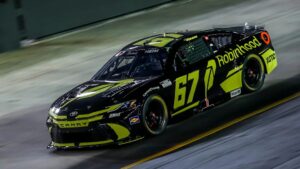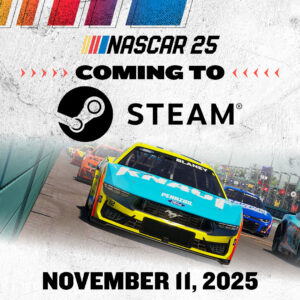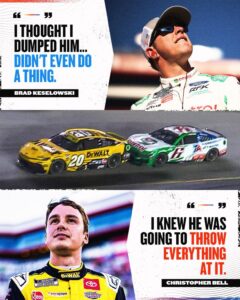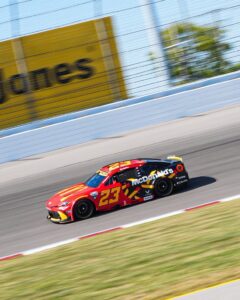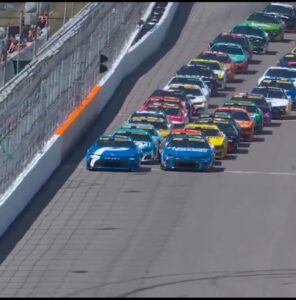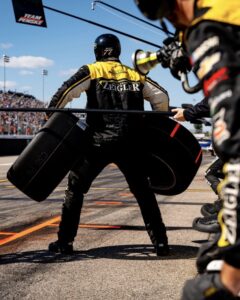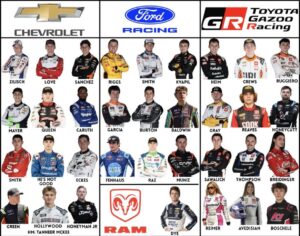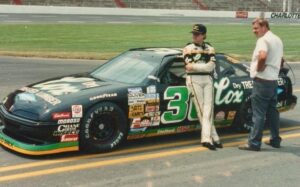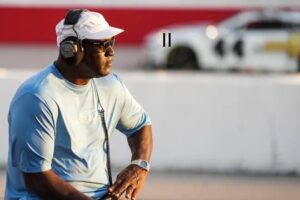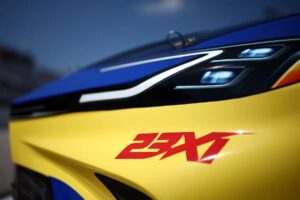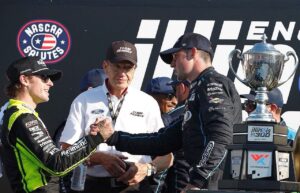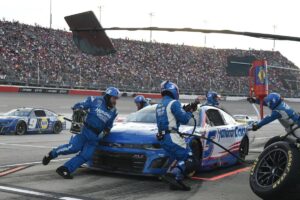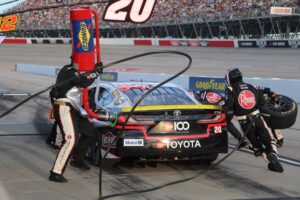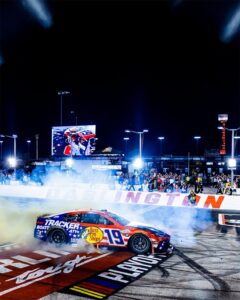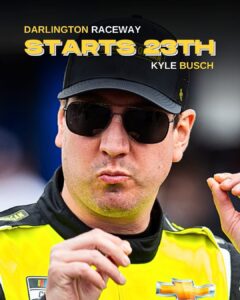For years, NASCAR has faced a growing identity crisis. Once a sport built on innovation, grit, and mechanical ingenuity, modern NASCAR has become increasingly homogenized. Strict car templates, the Next Gen spec chassis, single-lug wheels, and stage racing have stripped much of what made stock car racing unique.
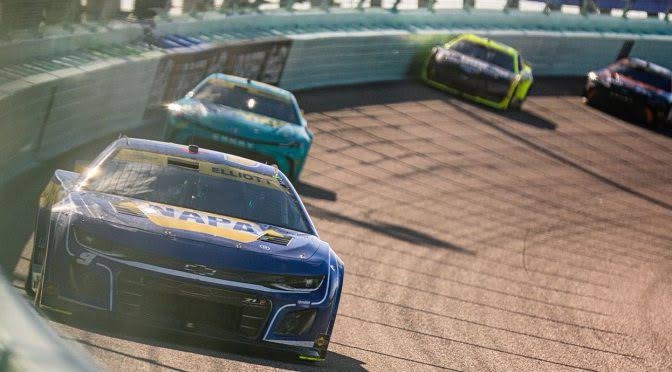
Fans and longtime insiders are calling for a return to tradition—where teams can build their own cars, 5-lugnut pit stops return, and race control enforces track discipline with the black flag. Could this be the fix NASCAR needs?
Let the Teams Build Their Own Cars Again
One of NASCAR’s greatest strengths used to be the creativity of its teams. In the past, legendary crew chiefs like Dale Inman, Ray Evernham, and Chad Knaus thrived on finding advantages within the rulebook. Today, the Next Gen car has turned NASCAR into a spec series, where nearly every part is standardized.
Teams no longer fabricate their own chassis or bodies. Instead, they receive pre-built parts from suppliers, reducing the engineering battles that once made NASCAR intriguing. While this change has cut costs, it has also eliminated a key aspect of the sport’s DNA.
Bringing back team-built cars would:
• Allow manufacturers to create cars that better reflect their street versions.
• Restore a competitive edge to teams with engineering expertise.
• Bring back the distinct identity of different race teams, rather than cookie-cutter cars.
Return to 5-Lugnut Wheels
The introduction of the single-lug wheel with the Next Gen car was meant to modernize pit stops, but it removed one of NASCAR’s most iconic elements. The sound of an air gun rapidly tightening or loosening five lug nuts was part of the sport’s rhythm. Pit stops became a battle of precision and endurance, not just raw speed.
With the current system, a single mistake—one improperly fastened center lock—can end a race instantly. By returning to five lug nuts, NASCAR would:
• Bring back the challenge of fast, precise pit stops.
• Increase strategic variability in pit lane.
• Restore an aspect of NASCAR tradition that fans loved.
Eliminate Stage Racing—Let the Races Flow Naturally
When NASCAR introduced stage racing in 2017, the idea was to add excitement to long races and prevent “boring” green-flag runs. But in reality, it has disrupted the organic rhythm of the sport.
Stages artificially break up races, forcing strategy decisions around predetermined cautions instead of adapting to race conditions. Gone are the dramatic fuel-mileage finishes and long green-flag battles that used to define the sport.
Getting rid of stage breaks would:
• Restore the endurance aspect of NASCAR’s longest races.
• Allow teams to develop strategy without interference.
• Keep race outcomes organic, rather than pre-scripted with cautions.
Enforce Track Discipline with the Black Flag
One of NASCAR’s biggest problems today is a lack of respect on the track. Drivers use their cars as weapons, block aggressively, and create unnecessary wrecks with little consequence. NASCAR’s refusal to use the black flag regularly has only made things worse.
In the past, NASCAR officials wouldn’t hesitate to penalize reckless driving, excessive blocking, or failing to obey orders. Today, officials often let incidents slide, leading to avoidable crashes and unnecessary caution laps.
Bringing back consistent black-flag enforcement would:
• Force drivers to race with respect and skill.
• Reduce unnecessary wrecks caused by overaggressive blocking.
• Put control back in the hands of race officials rather than waiting for “payback” on track.
The Bottom Line: Let NASCAR Be NASCAR Again
NASCAR was built on innovation, mechanical ingenuity, and tough, unfiltered racing. The modern version of the sport has strayed too far from its roots, favoring entertainment-driven gimmicks over pure competition.
By letting teams build their own cars, restoring 5-lug pit stops, eliminating stage racing, and enforcing on-track discipline with the black flag, NASCAR could bring back the elements that made it great.
The question remains: does NASCAR have the courage to embrace its past while steering toward a better future?
